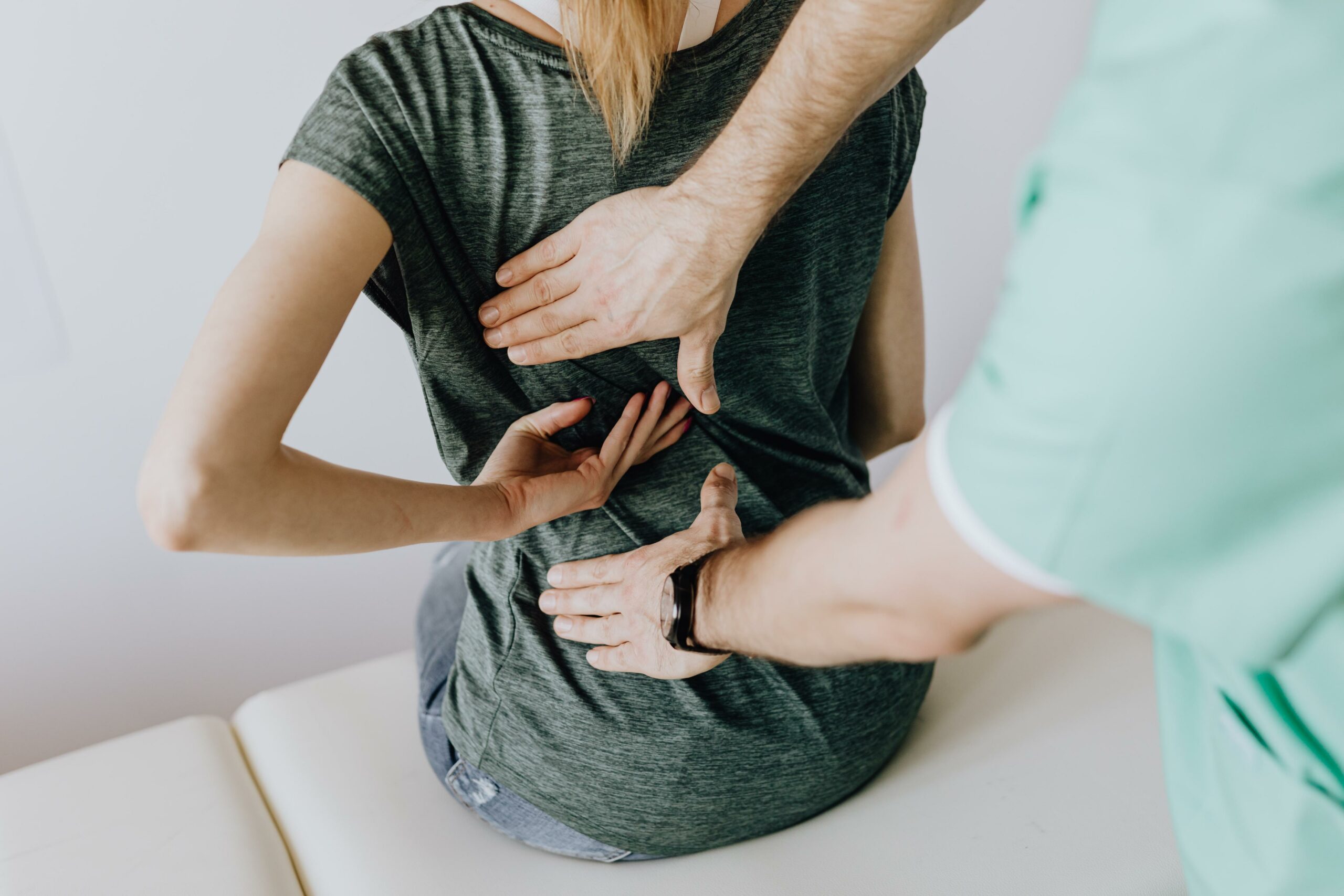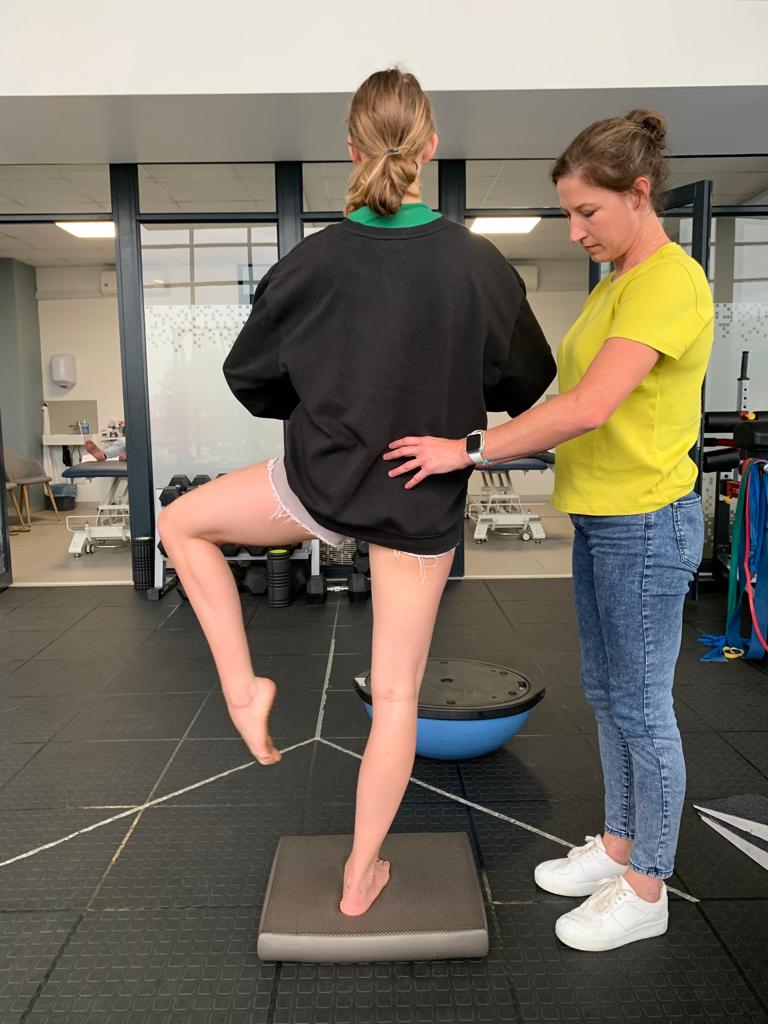BACK PAIN! If these two words grab your attention then you are probably one of the 80% of the population that has suffered from it at some stage of you life. It is a multi-billion dollar industry and there are a plethora of approaches out there promising a ‘quick fix’ or a ‘cure’. It is subsequently difficult knowing whom or what to believe when it comes to getting help, but common sense would be to follow an evidence-based approach, where research sorts the myths and misconceptions from the facts. The following is an outline of an article recently published in the British Journal of Sports Medicine. It highlights some important facts about back pain (when red flags and serious pathology have been ruled out), some of which might be surprising to read. Hopefully it might prompt a change in the way you feel, think and act when you are next in pain and get you on the road to recovery sooner.
Knowledge is power…!
1) Most low back pain isn’t life threatening, despite being distressing and disabling. As scary as it seems at the time, when even breathing can hurt, it is unlikely you will end up in a wheelchair! Have patience that it will settle down given the right environment and conditions.
2) Getting older is no excuse for developing or worsening back pain. Sure, you might get the ‘wrinkles on the inside’ to match those on the outside, but the research just doesn’t support the association with pain. Evidence-based active management can usually help at any age, whether you are 9 or 90.
3) Your back is structurally strong and surrounded by many layers of strong muscle and connective tissue. Any injury to these structures will usually heal within three months just like a sprained ankle will settle and heal. Pain persisting longer than this is usually NOT associated with tissue damage but rather increased sensitivity of the tissues. Factors such as stress, tension, fatigue, inactivity or unaccustomed activity all contribute to it.
4) Imaging (X-ray/MRI) reports do not reflect levels of pain or dysfunction, and only outline any changes in the anatomy. Descriptive medical terminology such as bulges, herniation, degeneration and arthritis can create a very negative mental self-image of fragility. Structural changes are very commonly seen in people without pain. Whilst investigations can certainly be indicated and useful in some cases, for the majority of back pain presentations investigations are not required and the results do not change
management.
5) The bark is often much worse than the bite. A sore back and its surrounding tissues are a reflection of how sensitive tissues are and not how damaged they are. Exercise and movement are one of the
most effective and evidence-based treatments available. It is actually safe and normal to feel some pain or discomfort when you start to exercise and move these sensitive tissues but this usually settles down over time as you become more active.
6) Poor posture during sitting, standing and lifting is NOT a good indicator or predictor of low back pain. These are unhelpful but common beliefs and can lead to avoidance of movement and subsequent participation in other activities that require these movements (i.e. avoiding flexion when the spine is made to bend and twist). The spine loves movement so changing/breaking your
position regularly is advised.
7) A weak ‘core’ is not a cause of back pain, despite being believed by many in the health industry. It is an unhelpful belief that can encourage more rigidity of the muscles around the spine. Whilst developing a stronger core is a usually a good idea and a big component of rehabilitation, often an over-emphasis and/or tensing of the core muscles can exacerbate things and learning how to relax the trunk/abdominal muscles is required.
8) Joints, muscles, tendons, ligaments and bone are all living tissues constantly adapting to the loads we subject them to. The spine is no exception. This loading and movement when applied progressively is safe and builds a structural resilience, not ‘wear and tear’ of the spine as commonly thought.
9) Recovery from any injury is often an undulating process and pain flare-ups can and do occur. This is not usually increased tissue damage but more likely to be related to the change in activity combined with other stressors altering the tissue sensitivity. The good news is that as long as the overall process is moving forward then the path is right. The trick is to stay calm and positive and keep moving.
10) There are plenty of low risk interventions to put you back in control of your back pain that are effective with minimal side effects. But in an attempt to quickly ease symptoms, people will opt for injections, surgery or strong narcotic-based drugs – all of which have been shown to be ineffective for persistent pain in the long term and are definitely not a cure. This information was originally published in the journal to remind all clinicians who treat back pain that they have a collective responsibility to enable patients to make better-informed decisions about their care. So if your health practitioner is not helping you to confidently engage with variable postures or movements, introducing graded loading and physical activity, discussing healthy living behaviours and rather advocating applying only expensive passive therapies, then explore getting help from someone else more informed. It’s time to build a positive and active mindset regarding back pain.





